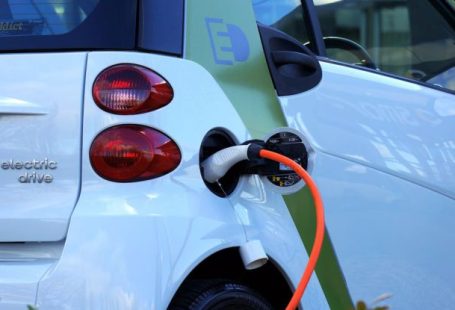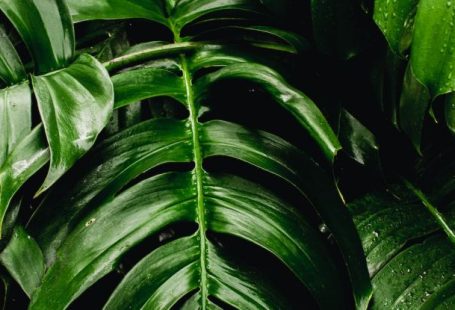Drones have become increasingly popular in recent years, primarily being used for capturing stunning aerial photography and videography. However, the capabilities of drones extend far beyond just serving as a tool for creating captivating visuals. These versatile flying machines have the potential to revolutionize various industries and sectors, offering a wide range of applications that go beyond photography. From agriculture to search and rescue missions, drones are proving to be valuable assets in many fields.
Agriculture and Crop Monitoring
One of the most promising applications of drones is in agriculture, specifically in crop monitoring. Drones equipped with specialized sensors can collect valuable data on crop health, soil conditions, and irrigation needs. This data can help farmers make informed decisions about when to plant, water, and harvest their crops, leading to increased efficiency and higher yields. By using drones for crop monitoring, farmers can identify issues such as pest infestations or nutrient deficiencies early on, allowing them to take corrective action before significant damage occurs.
Disaster Response and Search and Rescue
Drones are also being used in disaster response and search and rescue missions. In the aftermath of natural disasters such as earthquakes or hurricanes, drones equipped with thermal cameras and other sensors can be deployed to locate survivors trapped in collapsed buildings or inaccessible areas. These drones can cover large areas quickly and provide real-time data to emergency responders, helping them prioritize their efforts and save lives. Additionally, drones can assess structural damage to buildings and infrastructure, aiding in the planning of rescue operations and the allocation of resources.
Environmental Monitoring and Conservation
Drones are proving to be valuable tools for environmental monitoring and conservation efforts. With their ability to access remote and hard-to-reach areas, drones can collect data on wildlife populations, habitat conditions, and illegal activities such as poaching and deforestation. This information can help conservationists and researchers better understand and protect ecosystems, leading to more effective conservation strategies. Drones are also being used to monitor air and water quality, track changes in vegetation cover, and assess the impact of climate change on the environment.
Infrastructure Inspection and Maintenance
Another area where drones are making a significant impact is in infrastructure inspection and maintenance. Drones equipped with high-resolution cameras and sensors can be used to inspect bridges, buildings, power lines, and other critical infrastructure quickly and safely. By using drones for inspections, companies and government agencies can detect structural defects, corrosion, and other issues early on, preventing costly repairs and ensuring the safety and reliability of infrastructure systems. Drones can also be used for tasks such as monitoring construction progress, assessing damage after natural disasters, and conducting routine maintenance checks.
Delivery and Logistics
The use of drones for delivery and logistics is a rapidly growing field with the potential to transform the way goods are transported. Companies such as Amazon and UPS are already experimenting with drone delivery services, aiming to provide faster and more efficient delivery options to customers. Drones can quickly deliver small packages to remote locations, reducing delivery times and costs compared to traditional delivery methods. In addition to commercial delivery services, drones are also being used for medical supply delivery in remote or disaster-affected areas, providing critical aid to those in need.
In conclusion, drones have the potential to be used for much more than just photography. With their versatility, mobility, and ability to collect real-time data, drones are proving to be valuable assets in various industries and sectors. From agriculture and disaster response to environmental monitoring and infrastructure inspection, drones are revolutionizing how tasks are performed and challenges are addressed. As technology continues to advance, the possibilities for drone applications are endless, opening up new opportunities for innovation and improvement across diverse fields. The future of drones is bright, and their impact on society is only just beginning to be realized.





